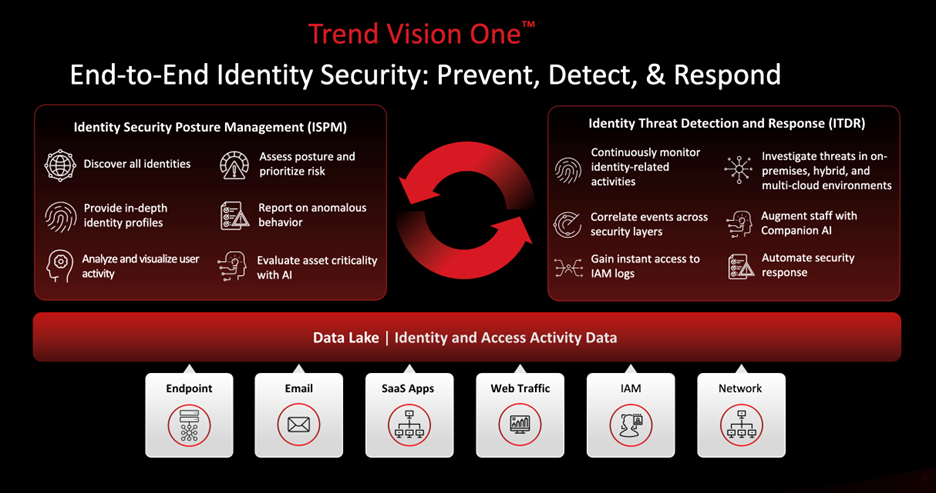As cyber threats become more sophisticated, organizations are increasingly turning to innovative strategies to safeguard their digital assets. One such strategy gaining traction is the combination of Identity Security Posture Management (ISPM) with Identity Detection and Response (ITDR). This fusion not only fortifies defenses but also unleashes powerful capabilities, especially in the age of artificial intelligence (AI).
The Evolution of Cyber Defense: From Silos to Synergy
Traditionally, cybersecurity measures operated in silos, with each component addressing specific aspects of the threat landscape. However, the rise of interconnected systems and advanced threat vectors necessitates a more integrated approach. By integrating ISPM with ITDR, organizations can achieve a cohesive security framework that not only detects threats but also proactively manages identity-related risks.
Harnessing the Power of AI in Identity Security
As AI continues to revolutionize various industries, its impact on cybersecurity cannot be overstated. AI-powered algorithms possess the ability to analyze vast amounts of data, identify patterns, and predict potential security threats with remarkable accuracy. When applied to identity security, AI augments both ISPM and ITDR solutions, empowering organizations to detect, respond to, and mitigate threats in real-time.
The Strength in Unity: Combining ISPM with IDR
ISPM focuses on establishing and maintaining a strong security posture by continuously assessing and optimizing identity-related policies and controls. On the other hand, ITDR systems monitor network activities, detect suspicious behavior, and respond to security incidents promptly. By integrating these two approaches, organizations can achieve a comprehensive security strategy that covers both proactive risk management and reactive threat response.

Realizing the Benefits: Enhanced Threat Visibility and Proactive Defense
The integration of ISPM with ITDR offers several key benefits. Firstly, it provides enhanced visibility into identity-related risks across the organization's digital ecosystem. By analyzing user behaviors, access privileges, and compliance adherence in real-time, organizations can identify potential vulnerabilities before they are exploited by malicious actors.
Secondly, this approach enables proactive defense measures, allowing organizations to preemptively mitigate emerging threats. AI algorithms can analyze historical data to predict future attack vectors and recommend preemptive actions to bolster security posture. By staying one step ahead of adversaries, organizations can significantly reduce the risk of data breaches and cyberattacks.
Conclusion
In the age of AI, cybersecurity requires a proactive and integrated approach to effectively combat evolving threats. By combining Identity Posture Management with Detection and Response capabilities, organizations can create a robust defense framework that not only detects threats but also proactively manages identity-related risks. Leveraging the power of AI, this integrated approach offers enhanced threat visibility, proactive defense measures, and ultimately, stronger protection against cyber threats. As organizations continue to navigate the complex cybersecurity landscape, embracing the synergy between ISPM and ITDR will be essential in safeguarding digital assets and maintaining cyber resilience.
Learn more about how Trend Vision One brings end-to-end identity security leveraging ISPM and ITDR together in one AI-powered platform.

